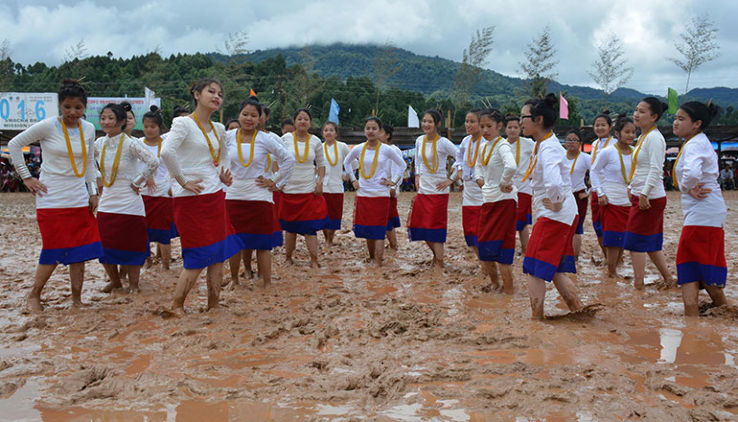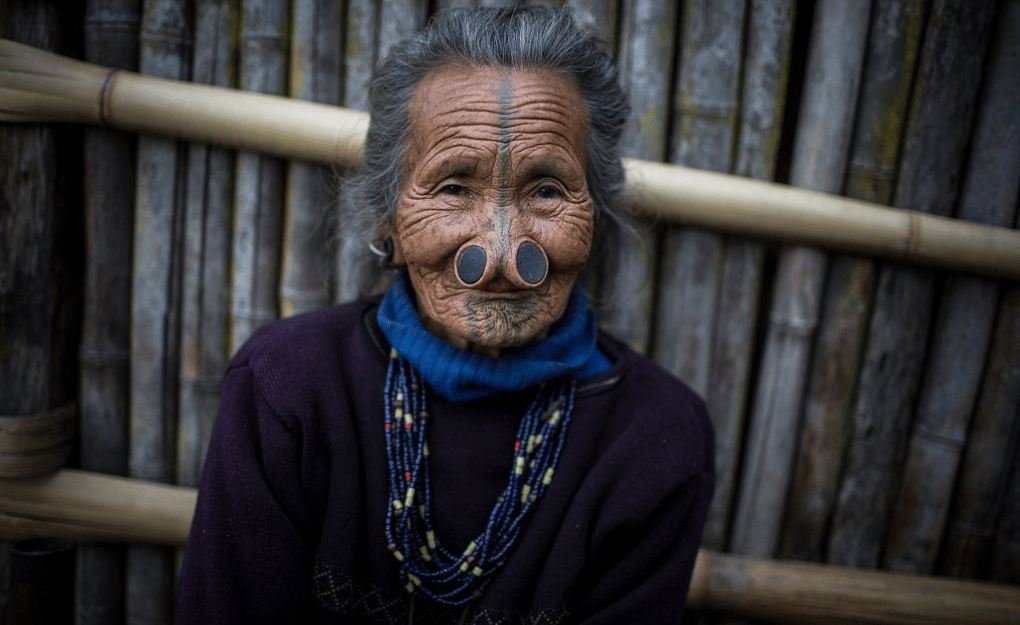Apatanis wellness code is not a trendy self-care hashtag or a curated routine—it’s a way of life entrenched in centuries-old traditions. Nestled at nearly 5,000 feet above sea level in the serene Ziro Valley of Arunachal Pradesh, the Apatani tribe follows a holistic lifestyle that naturally integrates social bonds, organic farming, herbal medicine, and purposeful living. This article explores how their unique wellness code can inspire us to reimagine well-being beyond the typical definitions.
A Daily Life Rooted in Physical and Social Harmony
Wake up before dawn—often around 3:30 AM—and the day begins with shared labor in kitchen gardens and terraced paddy fields. There are no machines or draught animals; everything is labor-intensive and cooperative. This not only builds physical strength but fosters day-to-day camaraderie. “We farm our own fields… we eat together,” they say, “and all our food is organic and largely boiled”. Such collective toil rewards both body and spirit.
Morning meals, like pilla (rice gruel with smoked meat and powdered chili), fuel the day’s efforts and cement familial and communal ties. This daily ritual of shared food and shared purpose is neither planned nor marketed—it simply is life.
Communal Rituals: The Architecture of Friendship

The Apatanis celebrate two major festivals—Myoko in March and Dree in July—that are the bedrock of their social architecture. Myoko, in particular, is a celebration of friendship across villages. During Myoko, clans take turns hosting elaborate community feasts, and participants form bini ajin—strong bonds that often result in a patang, a group of about ten individuals who support each other throughout the year .
These friendships are more than symbolic. As Kampu, a local, explains: “If I burn my hand, I know my friends will feed me, bandage me, even build me a house”. The tradition of renewing these bonds annually grounds every individual in a sense of belonging and mutual care.
Bridging Traditional Healing and the Apatanis Wellness Code

Healthcare in Apatani villages is deeply interwoven with ancestral knowledge. Villagers are experts in medicinal herbs, and together with their communal rituals, this has resulted in a community that experiences higher longevity and better health markers.
A 2025 paper in the Journal of Ethnobiology and Ethnomedicine highlights that Apatanis are not only knowledgeable about medicinal plants—they were traditional traders of surplus paddy to support their medical and material needs. They continue to gather regularly over apong, a home-brewed rice beer, where everything from heartbreaks to life plans is discussed. This is therapy without therapists, the ultimate antidote to loneliness.
The Antidote to Urban Loneliness
In modern cities, we fight loneliness with yoga classes, apps, and networking. The Apatanis don’t need these—they have woven social intimacy into the fabric of everyday life. According to a 2024 study in Cureus, about one in three people experience loneliness; the Apatanis approach that problem head-on through their cultural and ritual practices.
Says Kampu: “There is no scope for us to feel lonely… our ancestral knowledge… has helped cure almost every ailment”. Their council-reinforced, community-first culture ensures nobody is isolated.
The Challenge of Concrete Progress
Their lifestyle, however, isn’t without threats. As modernization creeps in, bamboo channels that once required collective repair are being replaced with concrete—and with them the communal labor that bonded villagers. District medical officer Kanno Tage notes: “Even the forest paths are being cemented, changing how we relate to the land”.
Yet, a bright side remains: every Apatani, no matter where they live—Mumbai, Delhi, or beyond—retains a home in Ziro and returns annually for Myoko. Births are celebrated through niipu apin, a feast open to family and friends, maintaining community ties irrespective of one’s permanent residence.
Lessons from the Apatanis Wellness Code for Urban Wellness
You don’t need a month-long friendship festival to tap into this wellness code. You can start small:
- Plant a communal garden: physical work builds connection.
- Host a seasonal feast: invite friends to share stories and meals, like niipu apin.
- Form a support patang: ten people committed to mutual care.
- Embrace local herbal wisdom: explore herbal teas or traditional remedies.
- Prioritize interdependence: renew bonds regularly, check on each other.
In today’s fast-paced world, these practices offer more than novelty—they’re essential.
Rethinking Wellness: What the Apatanis Wellness Code Teaches Us
The Apatanis challenge our modern definitions of wellness. This is not about curated self-care; it is an ecosystem—social, physical, medicinal—that functions harmoniously, day in and day out, through generations.
They ask us: What if wellness wasn’t an isolated pursuit but a shared responsibility? What if our health was interwoven with community? Their example turns wellness into a communal code—a code we could decode for our own healthier futures.
Conclusion
Apatanis wellness code teaches us that well-being thrives in interdependence: through shared work, organic living, herbal traditions, collective celebrations, and deep-rooted bonds. In an era marked by loneliness and isolation, rediscovering such ancient wisdom can help us build richer, more resilient lives. Perhaps it’s time we adapted a few of their timeless codes for our modern journey—starting with our next shared meal, our next seasonal gathering, and our next patang of purpose.




